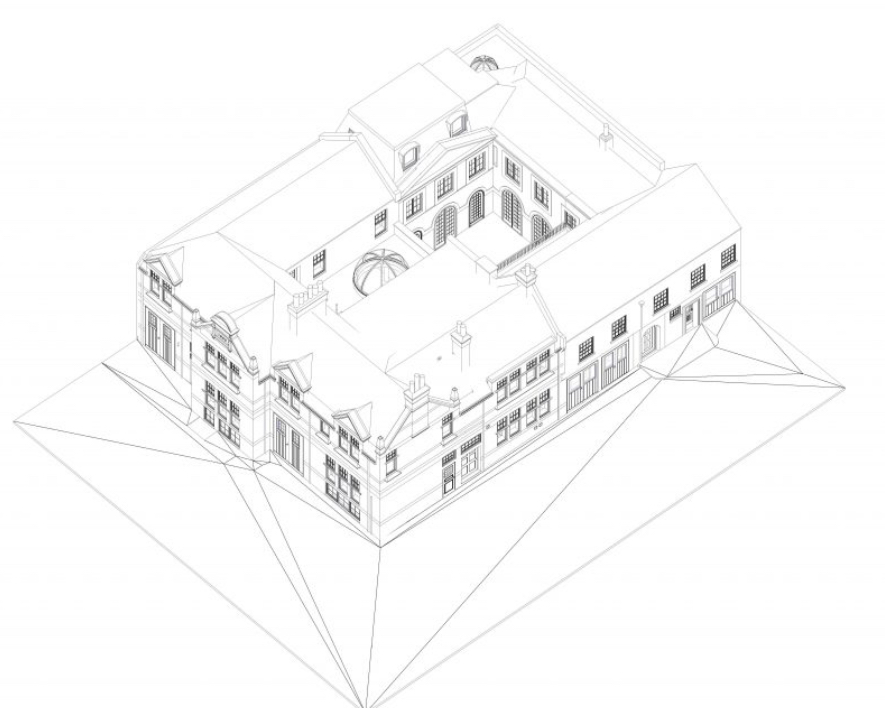Building Information Modelling
Building Information Modelling (BIM) is revolutionizing the construction industry by fostering a new level of collaboration among project stakeholders. At its core, BIM is a digital representation of the physical and functional characteristics of a facility, providing a shared knowledge resource that forms a reliable basis for decisions during its lifecycle. This comprehensive and integrated approach helps streamline communication and coordination among all concerned parties such as Architects, Engineers, Contractors, Steekwork Fabricators and Clients.
Centralization of Information
One of the primary ways BIM enhances collaboration is through its centralization of information. Traditional construction projects often suffer from fragmented data and miscommunication, leading to delays and cost overruns. BIM addresses these issues by creating a single, unified model that all parties can access and update in real time. This shared platform ensures that everyone is working with the most current information, reducing errors and inconsistencies. For instance, design changes made by an architect are immediately visible to engineers and contractors, allowing for prompt adjustments and reducing the risk of conflicts during construction.
Clash detection before construction begins
Moreover, BIM facilitates better project visualization and planning. The detailed 3D models produced through BIM allow stakeholders to see a virtual representation of the project before construction begins. This capability helps in identifying potential design issues early in the process, enabling proactive problem-solving. It also aids in clash detection, where different building systems might interfere with each other, ensuring that such issues are resolved in the planning stages rather than during construction.

Expanding Collaboration to Management
Additionally, BIM supports a more collaborative project management approach by integrating various project data, such as schedules (4D BIM), cost estimates (5D BIM), and sustainability information (6D BIM). This integration allows for more accurate project planning and tracking, helping teams to stay on budget and on schedule. The transparency and accessibility of information foster a collaborative environment where all stakeholders are informed and engaged, ultimately leading to more efficient and successful project outcomes.
SSD
